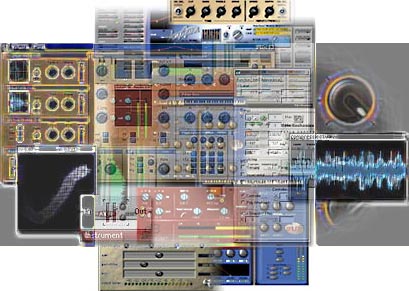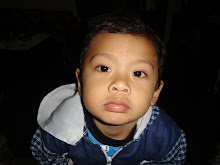 Much of the work on computer music has drawn on the relationship between music theory and mathematics. The world's first computer to play music was CSIRAC which was designed and built by Trevor Pearcey and Maston Beard. Mathematician Geoff Hill programmed the CSIRAC to play popular musical melodies from the very early 1950s. In 1951 it publicly played the Colonel Bogey March, of which no known recordings exist. However, CSIRAC played standard repertoire and was not used to extend musical thinking or composition practice which is current computer music practice.
Much of the work on computer music has drawn on the relationship between music theory and mathematics. The world's first computer to play music was CSIRAC which was designed and built by Trevor Pearcey and Maston Beard. Mathematician Geoff Hill programmed the CSIRAC to play popular musical melodies from the very early 1950s. In 1951 it publicly played the Colonel Bogey March, of which no known recordings exist. However, CSIRAC played standard repertoire and was not used to extend musical thinking or composition practice which is current computer music practice.The oldest known recordings of computer generated music were played by the Ferranti Mark I computer, a commercial version of the Baby Machine from the University of Manchester in the autumn of 1951. The music program was written by Christopher Strachey. During a session recorded by the BBC, the machine managed to work its way through Baa Baa Black Sheep, God Save the King and part of In the Mood. Subsequently, Lejaren Hiller (e.g., the Illiac Suite) used a computer in the mid 1950s to compose works that were then played by conventional musicians. Later developments included the work of Max Mathews at Bell Laboratories, who developed the influential MUSIC I program. Vocoder technology was also a major development in this early era.
Early computer music programs typically did not run in real-time. Programs would run for hours or days, on multi-million dollar computers, in order to generate a few minutes of music. John Chowning's work on FM synthesis, in the early 70s, and the advent of inexpensive digital chips and microcomputers opened the door to real-time generation of computer music. By the early 90s, the performance of microprocessor-based computers reached the point that real-time generation of computer music using more general programs and algorithms became possible.
Advances
Advances in computing power have dramatically affected the way computer music is generated and performed. Current-generation micro-computers are powerful enough to perform very sophisticated audio synthesis using a wide variety of algorithms and approaches. Computer music systems and approaches are now ubiquitous, and so firmly embedded in the process of creating music that we hardly give them a second thought: computer-based synthesizers, digital mixers, and effects units have become so commonplace that use of digital rather than analog technology to create and record music is the norm, rather than the exception.
Research
Despite the ubiquity of computer music in contemporary culture, there is considerable activity in the field of computer music, as researchers continue to pursue new and interesting computer-based sythesis, composition, and performance approaches.Throughout the world there are many organizations and institutions dedicated to the area of computer and electronic music study and research, including the ICMA (International Computer Music Association), IRCAM, GRAME, SEAMUS (Society for Electro Acoustic Music in the United States), and a great number of institutions of higher learning around the world.

No comments:
Post a Comment